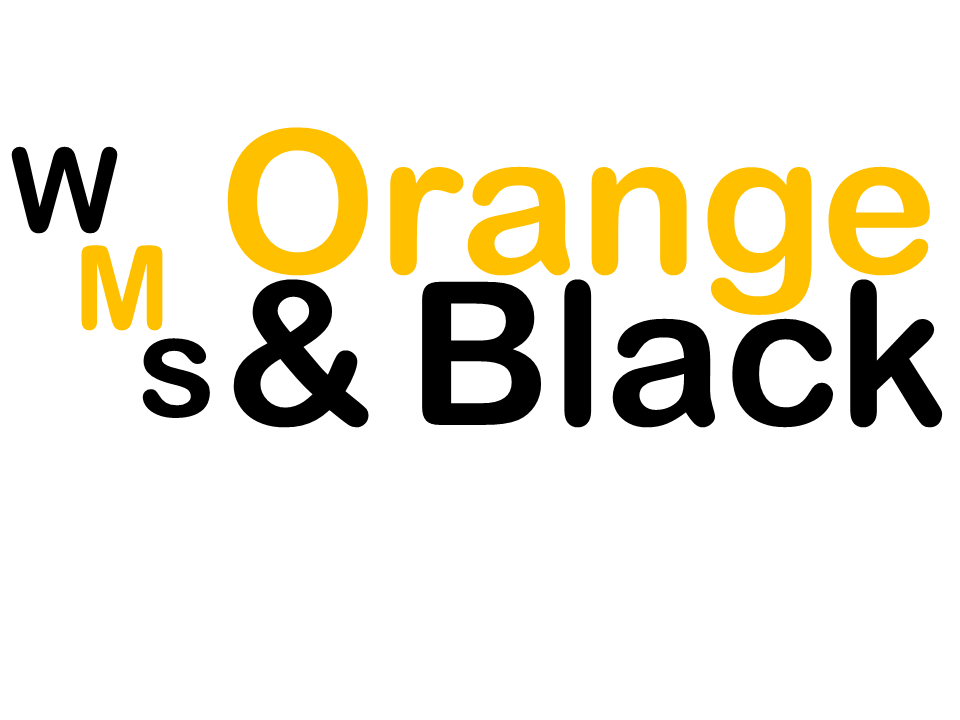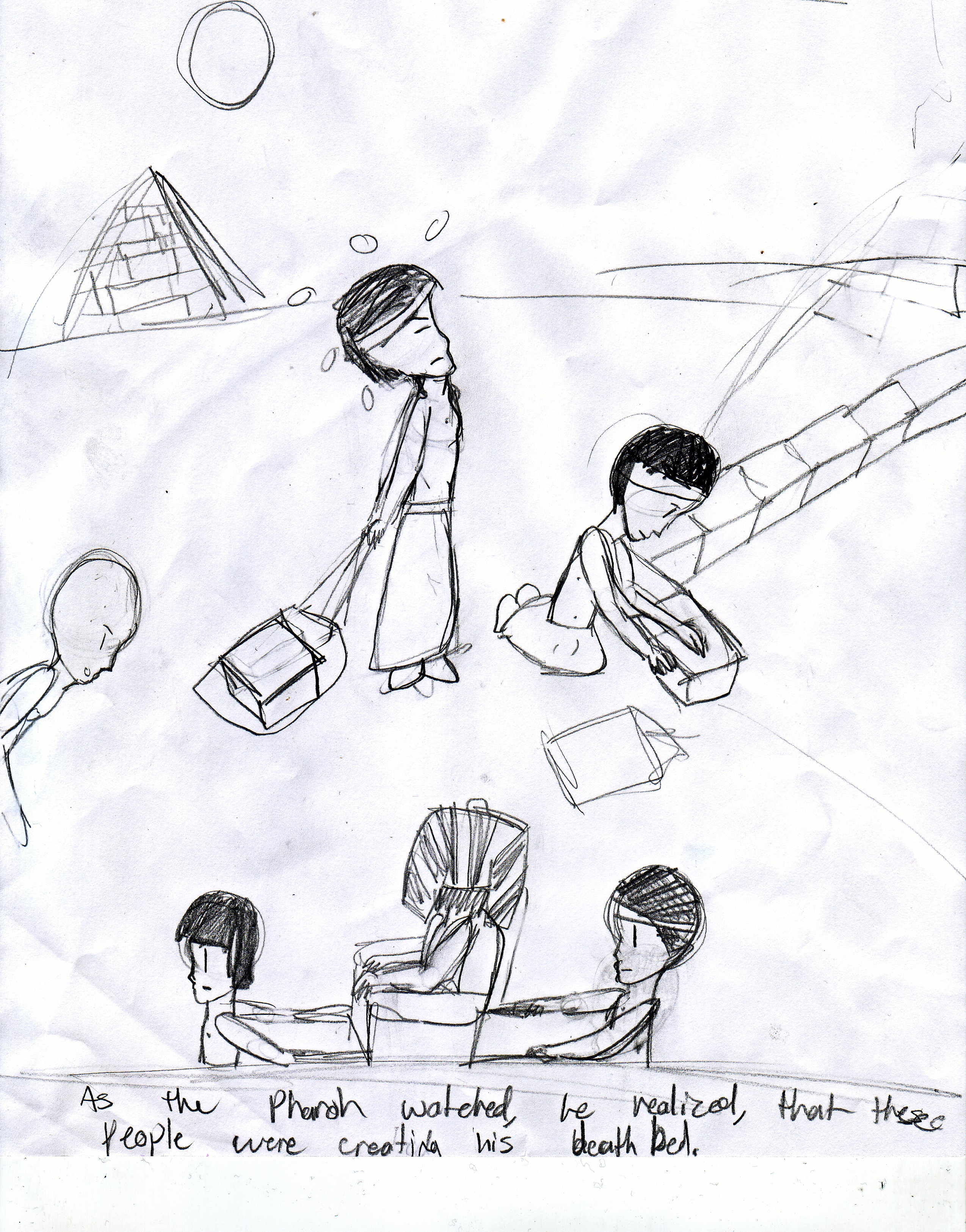By Brady Winkler
Imagine that you are at the Prudential in Boston. Now, imagine you are trying to get to Fenway Park. The quickest way is to take an MBTA E train to Arlington, then change to the D branch and get off at Kenmore or Fenway. To me, this seems like something that everyone living in the Boston area should know about and use. Riding the MBTA, more locally known as “the Ⓣ ” is the most environmentally friendly and cheapest way to quickly get around Boston. Unfortunately, this is not reality. Many kids, tweens and teens and even adults are afraid to navigate this great public transportation network.
So, navigating a large transit network like the Ⓣ is much easier said than done.
So what can you do to be an expert?
- Pay Attention
This is the most important tip. When you are walking past or entering a station, look at what line and branch the station serves. When you are looking for your train, look for signs that say INBOUND and OUTBOUND or destinations like “ASHMONT & BRAINTREE”. If your train has them, listen for announcements and watch the displays and marques. On almost every train, you will hear or see the destination, next stop and the station you are approaching or at, as well as the side the doors open on and what lines you can change to.
- Don’t Be Afraid To Get Help
The vast majority of stations have agents who are very helpful and know the system very well. You can identify them as they will be in a red shirt with a T logo on the back. They usually (but not always) are located near the fare entry point of the station. Everyone, even people who ride the system frequently, sometimes need help from MBTA station agents. You can also stop to look at the station or train map or use a navigation app and get transit directions. If you have a phone, save the image of the MBTA map that I put at the top of this article. I promise that map will become your best friend if you start to use the system more.
- Inbound or Outbound?
Usually you can tell if a station is inbound or outbound by asking yourself, is this station in downtown Boston? There are still some stations that don’t make sense, like on the Red Line how Alewife, Ashmont and Braintree all seem that they would be outbound. It can always be helpful to know if you are going inbound or outbound, and what the final destination of the train should be. For example, if you are trying to get from Aquarium to Government Center, the sign on the outside of the train will say Bowdoin, not Government Center, and Wonderland instead of Aquarium on the way back. Do your research!
- Safety
Your caregivers should always know what your plan is and should be okay with it. This is a general rule that everyone should follow no matter what, but especially on the Ⓣ . If someone approaches you, they are likely not dangerous, but do not look directly at them. If the situation becomes dangerous, you can use the passenger intercom or call the MBTA transit police. The number is (617) 222-1000.
Still, there is no need to be constantly anxious while riding. Most activity on the Ⓣ is not dangerous. However, if you can be prepared for any situation, you can be sure that your ride can be safe if anything happens.
- Paying Your Fair Fare
Paying for public transportation is how you can help the MBTA run the Ⓣ efficiently. Fare Evasion, the act of sneaking onto a public transportation system for free, is punishable by $150. After all, it’s certainly not cheap to keep several lines of commuter rail service, trolleys, subways, ferries and buses running all day long and late into the night.
So how do you pay? All subway stations and some commuter rail and bus stations have Charlie machines, where you can load or buy tickets and cards. To open the turnstile, simply tap and go. If multiple people go on one tap, the fare gate will begin to close and an alarm will sound. However, children eleven or under can ride for free with someone 12 or older. If you are riding the Green Line or bus, each person will tap their card one at a time on the reader, unless the station you are boarding at has a turnstile. If you are riding the commuter rail, purchase your tickets ahead of time at the ticket windows at Back Bay, South or North Station, or on the mTicket app. You can also pay the conductor in cash while on the train. If you are leaving from North Station, tap the QR code or barcode of your ticket on the reader of the new turnstiles to open them. From any station on the commuter rail including those with turnstiles, the conductor on board may conduct ticket checks.
- Respect
Finally, be respectful. When riding on station escalators, stay to the right to allow others to pass. When your train arrives, wait until all passengers have gotten off the train and those with limited mobility have boarded. If you can’t fit into the train, there will always be another one coming. Try not to stand near the doors, and if there is no other standing space, step out when the doors open and then reboard once the train is done boarding. If there is someone who needs your seat more than you do, (i.e elderly person, someone with mobility issues, pregnant woman, person on crutches), be courteous and let them sit down.
Just as important as it is to respect others, respect yourself. Doubting yourself won’t help you. If you need a breather, take one to clear your mind and help you think straight. If you believe in yourself, you can navigate this amazing, useful, eco-friendly, traffic-free public transportation system.
Test your knowledge with my transit quiz!
A Typical Station Sign: showing where the train on your platform is headed to and the MBTA map
Announcement Format
Using Google Maps for Transit Directions
Charlie Machine

